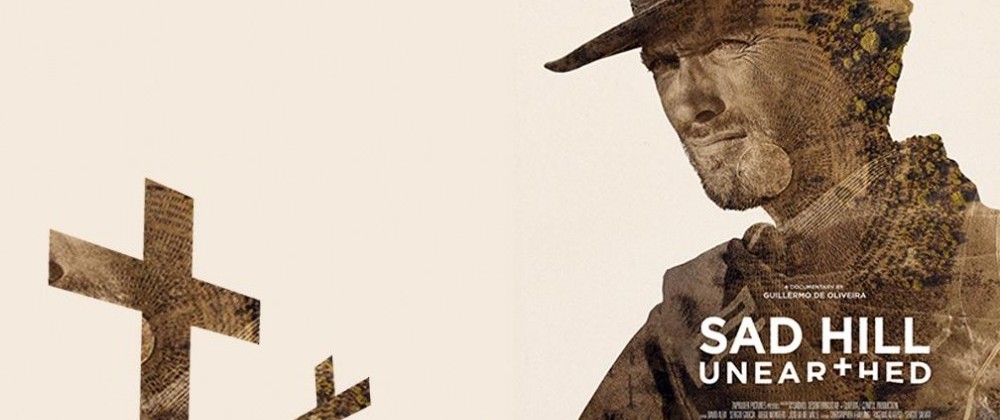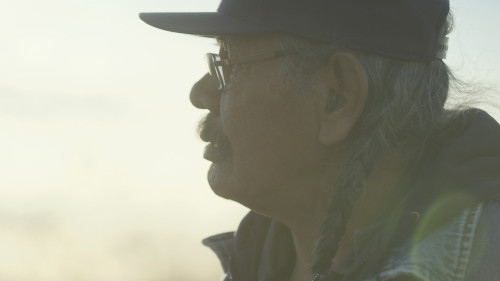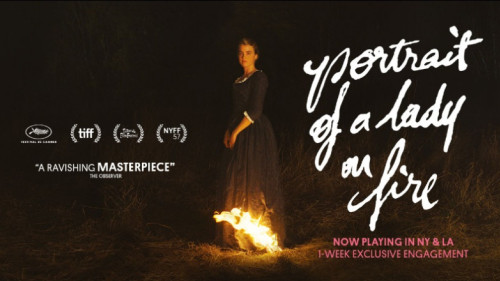Volume 23 Issue 9-10 / September–October 2019
Cinema of the 1960s
In this issue
-
_2_200_130_90_c1.jpg)
The Life and Times of Jean-Pierre Mocky
-
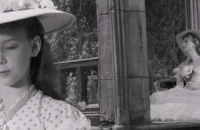
The Innocents: A subtle exploration in possible psychosis
-
-small_200_130_90_c1.jpg)
Night of the Living Dead (George Romero, 1968)
-
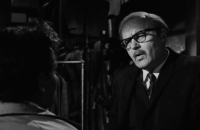
The Representation of Trauma and Memory in The Pawnbroker (Sidney Lumet, 1965)
-
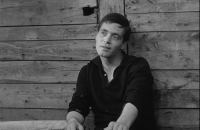
Revisiting Accattone (Pier Paolo Pasolini, 1961)
-
_200_130_90_c1.jpg)
Not Recognizing the Boundary: A study of Shohei Imamura’s A Man Vanishes (1967)
-
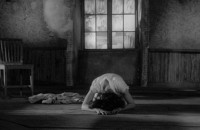
Conflicts of the Heart in the Films of Ingmar Bergman
-
_200_130_90_c1.jpg)
Cinema as Thought: Teorema (Pier Paolo Pasolini, 1968) and Salo (Pier Paolo Pasolini, 1975)
-
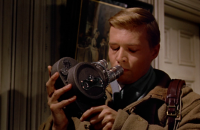
Reading Peeping Tom again: Mediated Voyeurism and Fragmented Reality
-
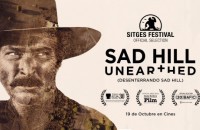
Sad Hill Unearthed: Paying Tribute to Sergio Leone
50th Anniversary of The Good, the Bad and the Ugly
“It was just 66, and early 67. That’s all it was.” These were the words of the wise from Peter Fonda’s Terry Valentine in The Limey (1999) to a young woman asking him what the 1960s were about. And this from someone who knew a little of the 1960s and who starred in one of its most iconic films, Easy Rider (1969). The 1960s were a glorious moment for international cinema and North American cinema. The Hollywood studio system had changed under legal pressures to divest its monopolistic control, opening up space for international and independent cinemas to feature more frequently in North America. Social and political dissent that had been fermenting since the 1950s under the surface of popular art (rock n’ roll, comics, folk music) burst open with unrest, riots, civil disobedience, demonstrations and true social change from grassroots organizations, union activism to civil rights movements across the world. In cinema New Waves began to challenge orthodox conceptions of cinema both thematically and formally. For this double issue we pay tribute to this beautiful flowering of cinematic expression across the globe with essays France’s Jean-Pierre Mocky (whose that you ask? read on), Jack Clayton and Michael Powell (UK), Pier Paolo Pasolini and Sergio Leone (Italy), Ingmar Bergman, Sidney Lumet, George Romero (US), and Shohei Imamura (Japan). The issue starts off with Jean-Pierre Mocky, a flamboyant figure well known in France but relatively unknown abroad. Mocky directed his first film in 1959 and then established himself as a director in the 1960s with eight of his strongest features. Roberto Curti, author of many books on popular cinemas, applies his usual fine-toothed comb to unpack this engaging figure for those less informed. You’ll know him well after reading this hefty overview of Mocky’s varied and long career. The Innocents (1961) and Peeping Tom (1960) pack a powerful one-two punch in the horror genre. The Innocents (1961) is one of the finest gothic supernatural (maybe?) stories ever put on film, while Peeping Tom (1960), analyzed by first-time writer Cynthia Boucher, is a powerful study of a sad young man traumatized by his psychologist father and forced to replay primal moments of staged fear. Ingmar Bergman might just be the director most defined by the 1960s and one of the most representative of the serious cinema strongly identified with the 1960s art cinema. Prakash Kona is frankly unabashed in his treatment of aesthetic, moral and metaphysical issues that directors such as Bergman (and cited by Bergman like-minded directors Tarkovsky, Fellini, Kurosawa, Bunuel) traveled within over a long productive career. Kona speaks directly about how Bergman’s films traffic in characters who often prefer internalizing their emotions rather than confronting them through human interaction. Kona writes about the films but expresses how the real world behaves. Night of the Living Dead (1968) just may be the 1960s film whose stock has risen the most since it was released in 1968. Long acknowledged as a bar-setting zombie film (the flesh-eating kind, not the voodoo possessed kind), it is now seen as one of the most “zeitgeist-y” films of its time, tapping into the rising disillusionment of the late 1960s. Douglas Buck, he of ‘Buck a Review Column’ fame, explains why. Peter Wilshire offers an in-depth probe of a film once feted but since unjustly forgotten, Sidney Lumet’s The Pawnbroker (1965). Parisa Hakim Javadi looks at Shohei Imamura’s A Man Vanishes (1967) as a film that challenges an orthodox understanding of fiction and documentary. Antonio D’Alfonso and David George Menard look at the opposite ends of Pier Paolo Pasolini’s career, D’Alfonso re-evaluating his stunning debut Accattone (1961) and Menard assessing his final film Salo (1975, ok, not from the 1960s), as well as mature period Teorema (1968). The final film covered, the documentary Sad Hill Unearthed (2017), is a look at the heights that unabashed cinephilia can reach, as a group of Spanish fanatics of Leone’s The Good, the Bad and the Ugly (1966) restore the iconic cemetery setting of the film’s climax in tribute to a 50th anniversary screening. (Donato Totaro, ed.).

